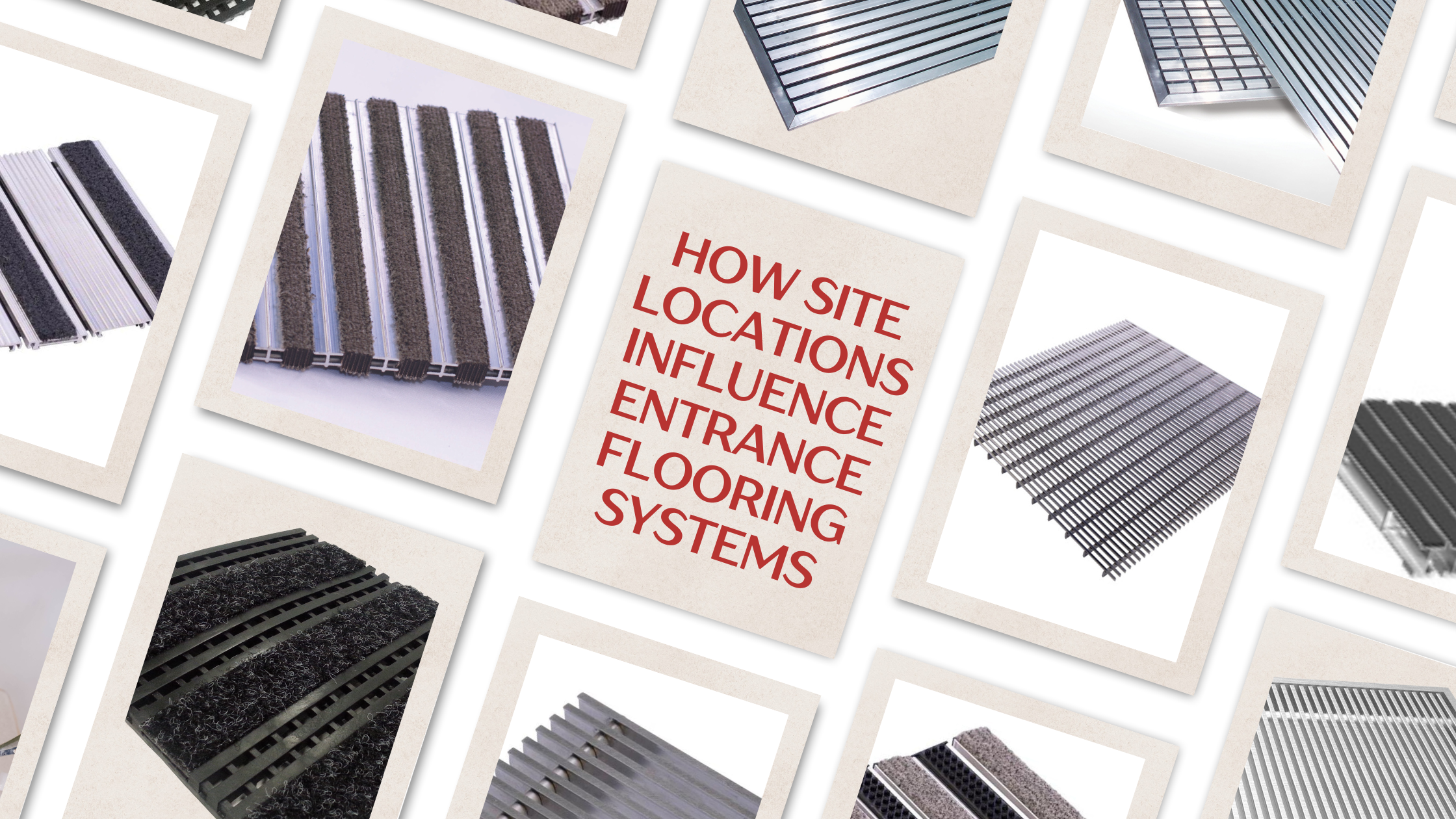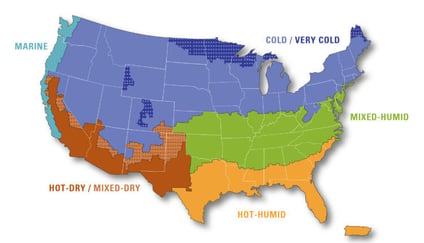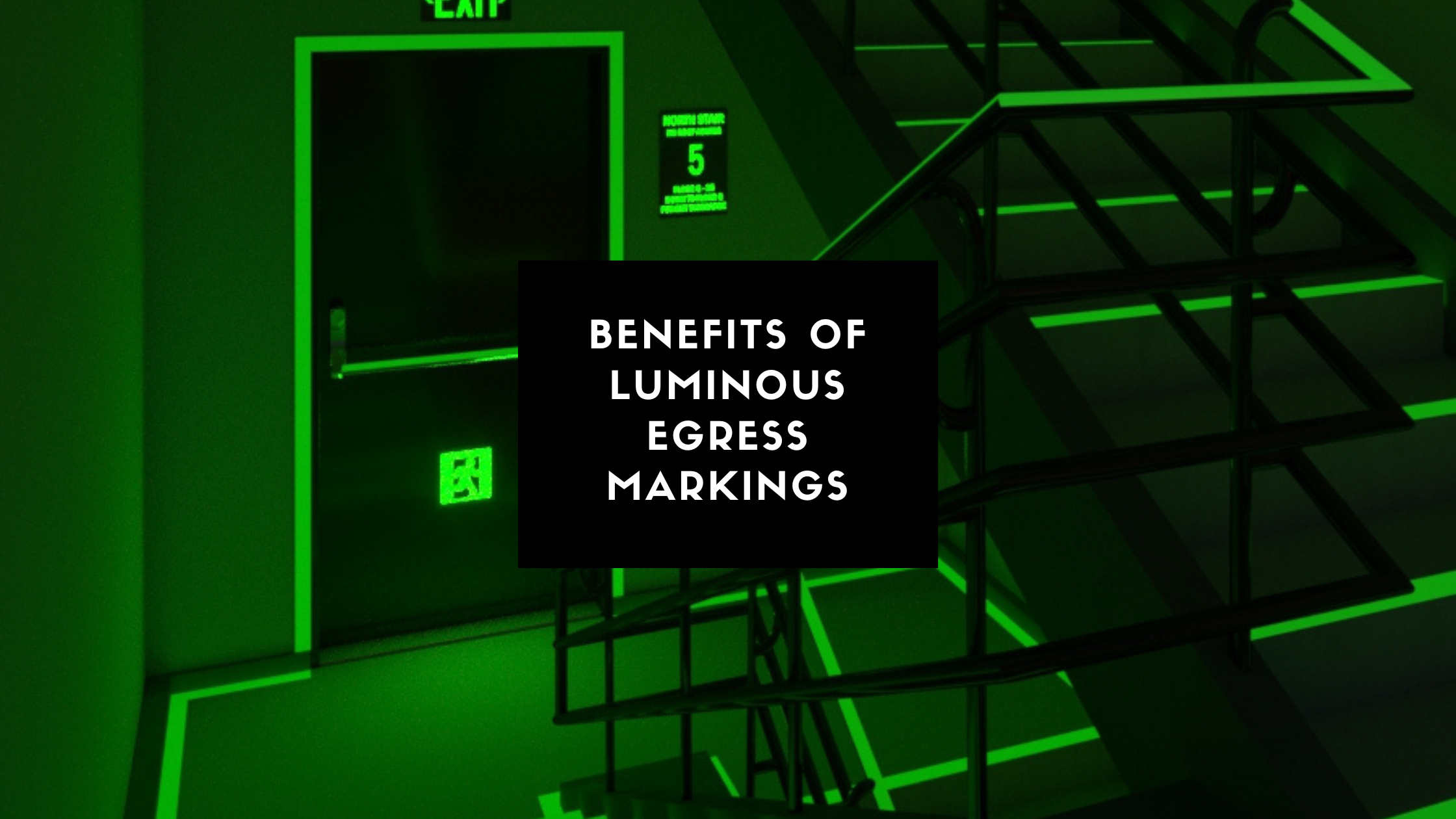How Site Locations Influence Entrance Flooring Systems

When specifying entrance flooring systems, the location of the site plays a critical role in determining the best products and materials to use. Different environmental conditions, building usage patterns, and local regulations can all impact the performance and effectiveness of entrance flooring systems. Here’s a closer look at how site locations can influence what to specify for entrance flooring systems.
Climate and Weather Conditions
1. Wet and Humid Climates 
In areas with high rainfall or humidity, entrance flooring systems need to effectively manage moisture to prevent slippery surfaces and maintain indoor air quality. Specifying high-absorbency mats and robust drainage systems is essential. Products that can wick away moisture quickly and are resistant to mold and mildew are ideal.
2. Snowy and Icy Regions
For locations that experience heavy snowfall and ice, entrance flooring systems must be able to handle large amounts of water, snow, and ice melt. Heated entrance mats and grilles can help reduce ice accumulation. Additionally, durable scraping surfaces are necessary to remove snow and debris from footwear before it enters the building.
3. Dusty and Arid Environments
In dry, dusty regions, entrance flooring systems should focus on trapping and containing dust and dirt particles. Mats with a high dirt retention capacity and anti-static properties can help maintain cleaner indoor air and reduce maintenance costs.
Building Usage Patterns
1. High-Traffic Areas
For buildings with heavy foot traffic, such as airports, shopping malls, and hospitals, entrance flooring systems must be durable and capable of withstanding continuous use. Reinforced mats and tread inserts that can be easily replaced when worn are excellent choices. Additionally, systems that extend further into the building can provide better dirt and moisture control.
2. Commercial vs. Residential Buildings
Commercial buildings, such as offices and retail spaces, often require entrance flooring systems that balance aesthetics with functionality. High-quality mats and grilles that complement the building’s design while providing effective dirt and moisture control are preferred. In residential buildings, comfort and ease of maintenance may take precedence, so softer, easy-to-clean materials could be specified.
Local Regulations and Standards
1. ADA Compliance
All locations must adhere to ADA requirements for accessibility. This includes specifying entrance flooring systems that meet the requirements for opening dimensions and change-in-level specifications. Ensuring compliance with Sections 302 and 303 of the ADA is crucial for creating inclusive and accessible environments.
2. Green Building Certifications
For buildings seeking LEED certification or other green building standards, specifying entrance flooring systems that contribute to indoor air quality and sustainability is important. Products that help capture particulate matter and reduce the environmental footprint are valuable. Systems that are easy to clean and maintain without harsh chemicals can also support sustainability goals.
Aesthetic Considerations
1. Urban vs. Rural Settings
In urban areas, entrance flooring systems may need to address higher levels of pollution and grime, so durable, easy-to-clean materials are essential. In contrast, rural settings might focus more on integrating natural elements and using materials that blend seamlessly with the outdoor environment.
2. Historic vs. Modern Buildings
For historic buildings, entrance flooring systems should respect the architectural integrity and period details. Custom solutions that mimic traditional materials while providing modern performance can be specified. Modern buildings may have more flexibility in using contemporary designs and innovative materials that align with their aesthetic.
The location of a site significantly influences the specifications for entrance flooring systems. By considering climate and weather conditions, building usage patterns, local regulations, and aesthetic considerations, designers and specifiers can choose the best products to ensure functionality, durability, and compliance. Tailoring entrance flooring systems to the unique needs of each location not only enhances performance but also contributes to the overall user experience and sustainability of the building.



